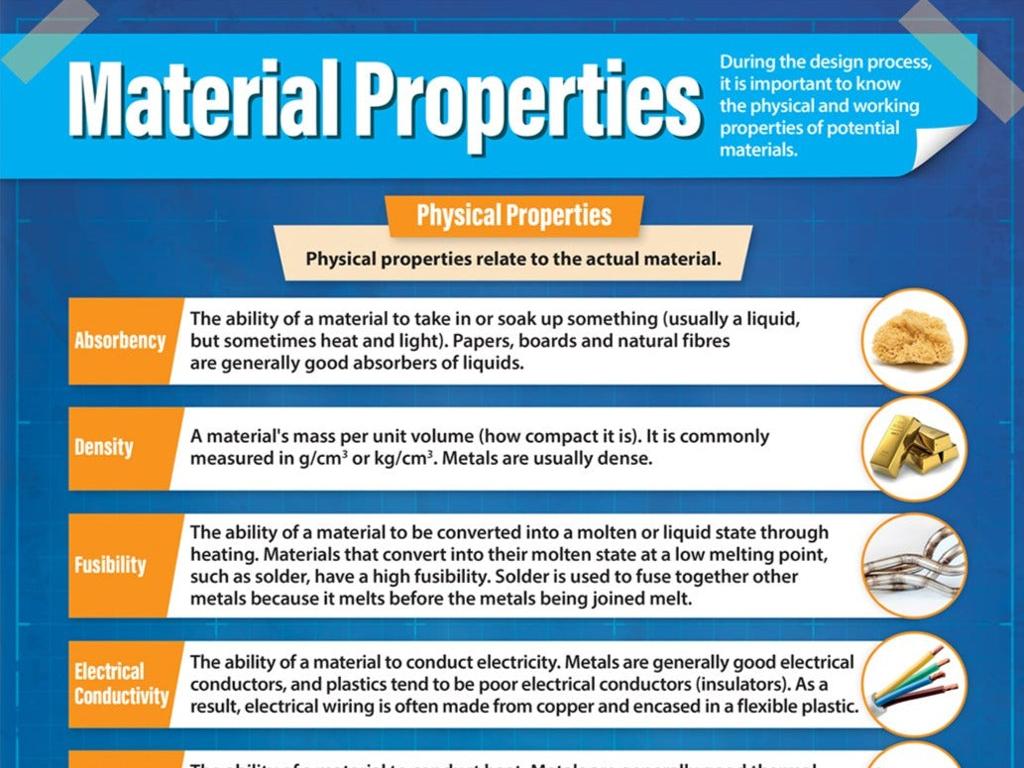Transversals Of Parallel Lines: Solve For X
Subject: Math
Grade: Eighth grade
Topic: Lines And Angles
Please LOG IN to download the presentation. Access is available to registered users only.
View More Content
Transversals of Parallel Lines: Solve for x
– Parallel lines and transversals
– When a transversal crosses parallel lines, several angles are congruent or supplementary.
– Angle relationships
– Corresponding, alternate interior/exterior, and consecutive interior angles have specific relationships.
– Solving for x
– Use angle relationships to write equations and solve for x.
– Practice problems
– Apply knowledge to solve for x in given diagrams.
|
This slide introduces the concept of transversals intersecting parallel lines and the resulting angle relationships. Students will learn how to identify corresponding, alternate interior, alternate exterior, and consecutive interior angles. They will then use these relationships to set up and solve equations for unknown variables (x). Emphasize the importance of understanding these relationships as they are foundational to geometry. Provide practice problems where students can apply these concepts to find the value of x, reinforcing their learning. Encourage students to work in pairs or groups to solve problems and explain their reasoning to each other.
Understanding Transversals in Parallel Lines
– Define a transversal line
– A line crossing two or more (usually parallel) lines
– Transversal interaction with parallel lines
– Creates eight angles with two parallel lines
– Types of angles formed
– Corresponding, alternate interior/exterior, consecutive interior angles
– Identifying angle relationships
– Learn to spot corresponding, alternate, and consecutive angles
|
This slide introduces the concept of a transversal line in geometry, which is a line that crosses at least two other lines. When the lines are parallel, a transversal creates eight angles, which can be categorized into corresponding angles, alternate interior angles, alternate exterior angles, and consecutive (or same-side) interior angles. Understanding these relationships is crucial for solving for unknown angles and will be the foundation for proving lines are parallel in future lessons. Encourage students to practice by drawing parallel lines with a transversal and labeling the angles. Provide examples on the board and have students work in pairs to identify each type of angle.
Angle Relationships in Parallel Lines
– Identifying angle pairs
– Learn to recognize alternate, corresponding, and co-interior angles.
– Properties of angle pairs
– Each pair has specific properties that help us solve for unknown angles.
– Corresponding angles example
– If two lines are parallel, corresponding angles are equal. For example, if one angle is 50°, the corresponding angle is also 50°.
– Solving for x with angle pairs
– Use angle relationships to write equations and solve for x.
|
This slide introduces students to the concept of angle relationships when a transversal crosses parallel lines. Emphasize the importance of being able to identify alternate interior, alternate exterior, corresponding, and co-interior angle pairs. Discuss the properties of these angles, such as how corresponding angles are equal and alternate interior angles are equal when the lines are parallel. Provide clear examples, such as a diagram with parallel lines cut by a transversal, to illustrate corresponding angles. Encourage students to practice by setting up and solving equations for unknown angles (x) using these properties. This foundational knowledge is crucial for understanding more complex geometry concepts.
Transversals of Parallel Lines: Solving for x
– Express angle relationships with equations
– Use equations to show how angles relate, like alternate interior or corresponding angles.
– Steps to isolate x in equations
– 1) Combine like terms 2) Move constants to one side 3) Divide by the coefficient of x
– Example: Corresponding angles
– If 1 and 2 are corresponding angles and 1 = 2x and 2 = 50°, find x.
|
This slide introduces the process of solving for x in the context of transversals of parallel lines. Begin by explaining how to set up equations based on the relationships between angles formed by a transversal cutting through parallel lines. Emphasize the importance of understanding angle relationships, such as corresponding, alternate interior, and alternate exterior angles. Walk through the steps to isolate the variable x, including combining like terms, moving constants to one side of the equation, and dividing by the coefficient of x. Use an example with corresponding angles to illustrate the process. Encourage students to practice setting up and solving these equations with various angle relationships to reinforce their understanding.
Class Activity: Solving for x with Transversals
– Work on practice problems together
– Use angle relationships for x
– If two parallel lines are cut by a transversal, corresponding angles are equal. Use this to solve for x.
– Explain your problem-solving
– Articulate the steps taken to find x, enhancing understanding.
– Collaborate and help each other
– Discuss with peers to compare methods and answers.
|
This slide is designed for a collaborative class activity where students will engage with practice problems involving transversals and parallel lines. The teacher should facilitate the activity by guiding students through the angle relationships such as corresponding, alternate interior, and alternate exterior angles, which are equal when lines are parallel. Encourage students to verbalize their thought process as this will help solidify their understanding and assist their peers. Possible activities include: solving problems on the board, peer teaching, group work, and using manipulatives to demonstrate the concepts. The goal is for students to become comfortable with the process of finding the value of x and to understand the reasoning behind each step.
Group Activity: Solving for x with Transversals
– Break into groups for problem-solving
– Each group finds x using transversals
– Use angles formed by a transversal to solve for x
– Present solutions and methods to class
– Discuss various approaches together
– Compare and learn from different problem-solving techniques
|
This group activity is designed to foster collaborative learning as students work together to solve problems involving transversals and parallel lines. Each group will tackle a set of problems where they will apply their knowledge of corresponding angles, alternate interior angles, and alternate exterior angles to find the value of x. After solving, groups will present their methods and solutions, providing an opportunity for the class to see multiple ways to approach a problem. As a teacher, facilitate the discussion by highlighting different strategies used by groups, and reinforce the concept that there can be various valid methods to reach the same solution. Encourage students to explain their reasoning and to listen to others’ explanations to deepen their understanding of the topic.
Class Activity: Angle Hunt
– Find classroom transversals and parallels
– Measure angles with protractors
– Calculate angles and solve for x
– Use the angle properties of parallel lines cut by a transversal to find missing angles.
– Present and explain angle relationships
– Discuss corresponding, alternate interior, and same-side interior angles.
|
This interactive class activity is designed to help students apply their knowledge of transversals and parallel lines in a real-world context. Students will search for examples of these lines in the classroom, such as bookshelves, window frames, or the edges of desks. They will then use protractors to measure the angles formed and calculate the missing angles, solving for x using the properties of parallel lines cut by a transversal. Afterward, students will present their findings to the class, explaining the angle relationships they observed, such as corresponding angles being equal or alternate interior angles being congruent. This activity will reinforce their understanding of the concepts and enhance their ability to communicate mathematical ideas. Possible variations of the activity could include working in groups, comparing results with classmates, or even creating their own diagrams to represent the angles they found.
Homework and Review: Transversals and Parallel Lines
– Assign practice problems for homework
– Review today’s key concepts
– Angles formed by a transversal, solving for x using equations
– Preview next class’s topic
– We’ll explore more complex angle relationships
– Encourage preparation for next class
– Review today’s material and bring questions
|
For homework, students should complete the set of problems focusing on solving for x in equations involving transversals of parallel lines. This will reinforce their understanding of the angle relationships and provide additional practice. During the next class, we will delve deeper into complex angle relationships, so students should come prepared having reviewed the concepts discussed today. Encourage them to bring any questions they have to the next class for clarification. This iterative process of practice and review is crucial for mastering the topic.






